All India Radio (AIR) has played a stellar role in nourishing India’s heritage and culture. Started way back in the year 1954, Akashvani Sangeet Sammelan has evolved as a strong brand name for AIR in the mind space of connoisseurs for over six decades. As part of this, AIR, Mysuru, had organised twin Karnatak classical music concerts at Mysore Vasudevacharya Bhavana on Oct.7.
The first was a Veena-Violin-Venu trio presented by B. Shivakumar on veena, N.C. Madhav on violin and Prapancham Mukhyaprana on flute. They were accompanied by Tyagarajan on mridanga, Vyasa Vitthala on kanjira, Ilasival Susheel Kumar on ghata and V.S. Ramesh on morching.
The trio began the concert with Sri Jayachamarajendra Wadiya’s ‘Sri Maha Ganapatim Bhajeham’ in Athana set to Adi Tala. Lively swaras to the pallavi were short and crisp. Sri Shyama Shastri’s ‘Mayamma’ in Ahiri was a neat presentation. The sub-main item of the concert was Purvi Kalyani, the ragalapana of which was taken by each of them stage by stage. The technicality of each instrument together with melody was impressive. The composition was a rare one — ‘Ananda natanamaduvar’ by Neelakantha Sivan. Swaras to the pallavi of the composition were good, the last of which was co-ordinated by all.
Todi, the highlight of the evening, was elaborated first on the veena, then on the flute and then on the violin stage by stage. Tyagaraja’s ‘Kaddanu Variki’ in Adi Vilamba was chosen well. The charana saw swaras at ‘Needura nirakarinche Mudduga tambura.’ The tani was elaborate and lively with four percussion instruments. The trio closed the concert with Purandara Dasa’s Devaranama — ‘Rama mantrava japiso he manuja’ in jonpuri.
The second concert of the evening was by Vasudha Keshav from Mysuru. Now settled in Chennai, Vasudha has established herself as a seasoned artiste. She was accompanied by Poorna Vaidyanathan on violin, B.C. Manjunath on mridanga, Tiruppur Sridhar Kumar on kanjira and Mahati on tambura in the present concert.
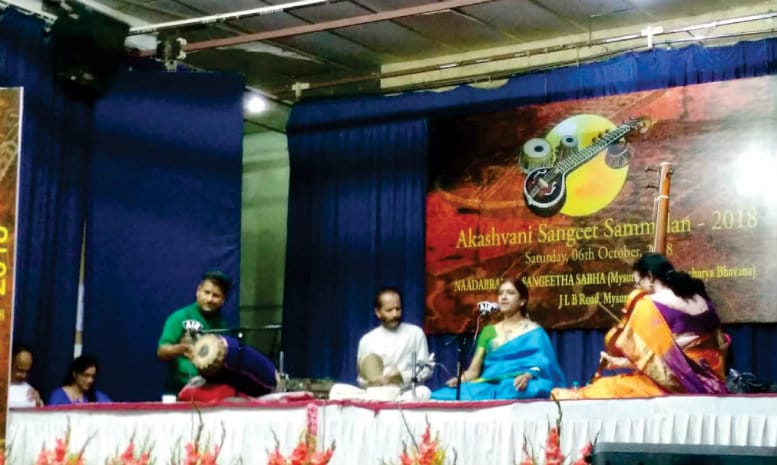
Vasudha Keshav presenting a vocal concert at the Sammelan.
Vasudha’s concert was scheduled for one hour. Starting with a varna in Saranga, she sang Ramapriya, the alapana of which was short, leading onto ‘Smaramyaham’ by Deekshitar and the neraval developed suitably for ‘surasuram rogaharam sarpadi Bheetiharam’ followed by good swaras. Bhairavi was elaborated bringing ‘Sari Evvaramma’ Shyama Shastri) in which the charana was missing.
The vocalists would do well to go through the text of the composition before rendering it in a concert. Although Vasudha displayed the raga with a few delightful sancharas, the immensity of the item coupled with the forceful strain in rendering failed to produce a soothing effect. Poorna on violin and B.C. Manjunath on mridanga were supportive. Vasudha concluded her concert with a Lalgudi tillana in Sindhu Bhairavi.
AIR Sangeet Sammelan concerts can still be a blessing to the audience if the artistes took music and the concerts more seriously. It can be remembered that when Savita Devi , the renowned vocalist ended her performance at Vadodara in the late hours of the night of the Sammelan, the audience simply refused to get up, even after being repeatedly told that the evening had ended. The artiste had no option but to continue singing for another hour until the crowd was satisfied. It is time, artistes took these concerts more seriously. Today music has been digitised and commodified but it must be remembered that good content still remains the king.
—Dr. Padmavathi Narasimhan




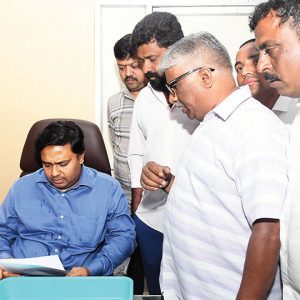
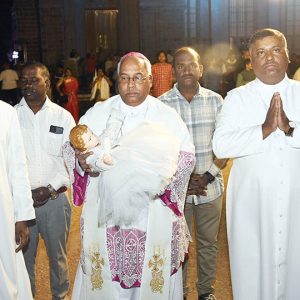
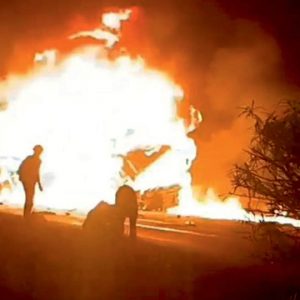
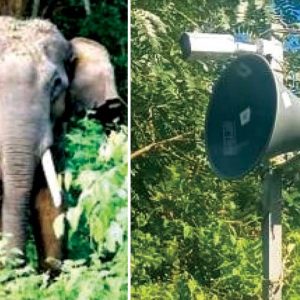
Recent Comments